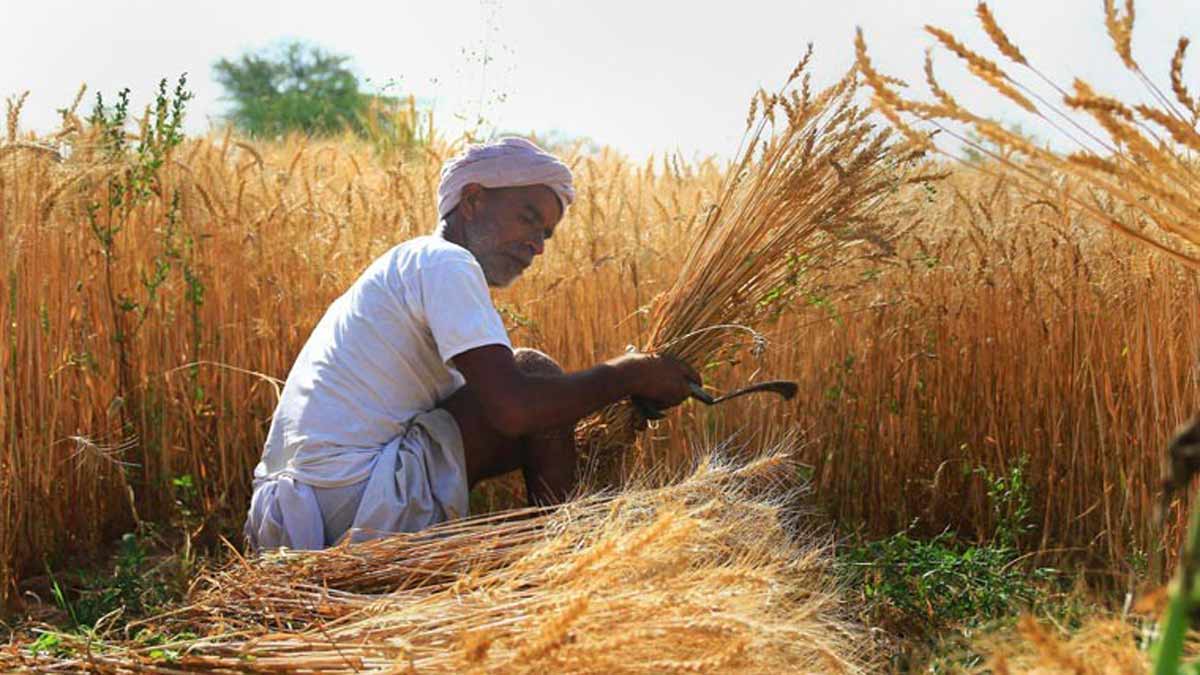India’s agriculture at the crossroads: From input intensity to ecological intelligence
 There is a shift from traditional crops like paddy and wheat to horticultural crops
There is a shift from traditional crops like paddy and wheat to horticultural crops
India’s Green Revolution and the decades that followed delivered what many thought impossible. As the Hon’ble Union Minister of Agriculture and Farmers Welfare notes in his recent article food grain output has touched 353.96 million tonnes—about 40 per cent higher than in 2014–15. Beyond cereals, India has witnessed a White Revolution in dairy and a Blue Revolution in fisheries. Milk output has soared from 20 million tonnes in the 1970s to 239 million tonnes in 2023–24, making India the world’s largest producer. Fish production has risen nearly eight-fold to 19.5 million tonnes in 2024–25, while egg output has jumped from 10 billion to 143 billion annually. India now even exports over 20 million tonnes of rice a year.
These are extraordinary gains. They have ensured food security for 1.4 billion people, banished the spectre of famine, and provided rural livelihoods. Farmers and scientists rightly deserve recognition. Agriculture has been, and remains, the backbone of India’s development.
Warning Signs Beneath the Success
Yet beneath these successes lies an uncomfortable truth: India’s current model of input-intensive, monoculture-heavy farming is fast approaching ecological and economic limits. Hon’ble Agriculture Minister’s emphasis on the centrality of agriculture in achieving Viksit Bharat is well-founded. However, this vision of Viksit Bharat will not materialise if the very soils and water that sustain agriculture continue to degrade. The challenge before us is not only to produce more, but to do so in ways that regenerate natural resources, enhance resilience and secure farmers’ livelihoods.
Soil degradation is a silent crisis. Organic carbon levels, which were 2.4 per cent after independence, are now down to just 0.3 per cent, far below the threshold of 1.4 per cent needed for sustained productivity. Fertiliser efficiency has plummeted from 12 kilograms of grain per kilogram of fertiliser in the 1960s to barely 3.5 kilograms today.
Water stress is equally alarming. India extracts 239 billion cubic metres of groundwater annually, the highest in the world. In Punjab and Haryana, extraction exceeds 150 per cent of recharge. The very aquifers that powered the Green Revolution are being drained faster than they can recover. Fertiliser and pesticide runoff has also polluted rivers and aquifers, with nitrate levels exceeding safe limits in more than half of India’s districts.
The environmental footprint is no less troubling. Agriculture contributes 14 per cent of India’s greenhouse gas emissions—408 million tonnes of CO₂-equivalent in 2016. Methane from rice and livestock, and nitrous oxide from fertilisers, are the major contributors. Nitrous oxide, nearly 300 times more warming than carbon dioxide, is rising rapidly with fertiliser use.
The human toll is stark. India accounts for a third of the world’s pesticide poisoning cases, with nearly 800,000 deaths over past decades linked to unsafe agrochemical use. Chronic exposure is tied to cancers and neurological disorders in farm communities, while chemical residues in food and water continue to endanger consumers.
The Case for Regenerative Agriculture
Taken together—soil exhaustion, stagnating yields, vanishing groundwater, rising emissions, and mounting health impacts—the current model is faltering. The question now is what comes next.
The answer lies in a shift towards regenerative agriculture. This is not a nostalgic return to the past but a science-backed recalibration, using ecology and technology together. Regenerative farming works with natural systems: building soil organic matter, diversifying crops, cutting chemical use, and improving water retention.
Global evidence is strong. The Rodale Institute’s 40-year trial in the United States found regenerative systems matched conventional yields, and outperformed them by 31 per cent during drought years. Cover crops alone have been shown to raise soil carbon by about 15 per cent.
India’s own examples strengthen the case. In Andhra Pradesh, over 600,000 farmers are practicing Community-Managed Natural Farming. Studies show yields are comparable, sometimes higher, while input costs are significantly lower, boosting net incomes. In Sikkim, which went fully organic in 2016, cereal production has held steady while farm incomes diversified through high-value markets and tourism.
A Policy Roadmap for Viksit Bharat
If India is to achieve the Minister’s vision of agriculture as the backbone of a Viksit Bharat, it must embrace this paradigm shift. Fertiliser subsidies alone were ₹1.67 lakh crore in FY 2025–26—nearly 70 per cent of the agriculture budget. Redirecting even a fraction could finance research, farmer incentives, and market creation for regenerative produce.
Investments in research and extension are critical. Every rupee spent on agricultural research has been shown to yield more than ₹13 in returns. Similar emphasis must be placed on farmer incentives—such as support during the transition period, payments for soil carbon improvement, and subsidies for bio-inputs. Equally important are markets: procurement of regenerative produce for the Public Distribution System and Mid-Day Meals could provide stable demand, while simplified certification could open domestic and export markets.
The Way Ahead
India stands at a crossroads: continue on the path of input-intensive agriculture and face diminishing returns and crises, or lead the world in an agricultural renaissance that marries productivity with sustainability. By moving from input intensity to ecological intelligence, India can restore soils, conserve water, cut emissions, and provide healthier food, while securing farmer incomes. The vision of Viksit Bharat – prosperous, healthy, self-reliant – hinges on making this right choice. Honourable Minister’s call to keep agriculture central must be heeded in letter and spirit – by not only applauding past gains, but by championing the next that will secure India’s agricultural future on a truly sustainable footing.
(Dr Kumar is Chair, and Dr Rawat is Fellow, Pahle India Foundation)
(The opinions expressed in this article are those of the authors and do not purport to reflect the opinions or views of THE WEEK)
India